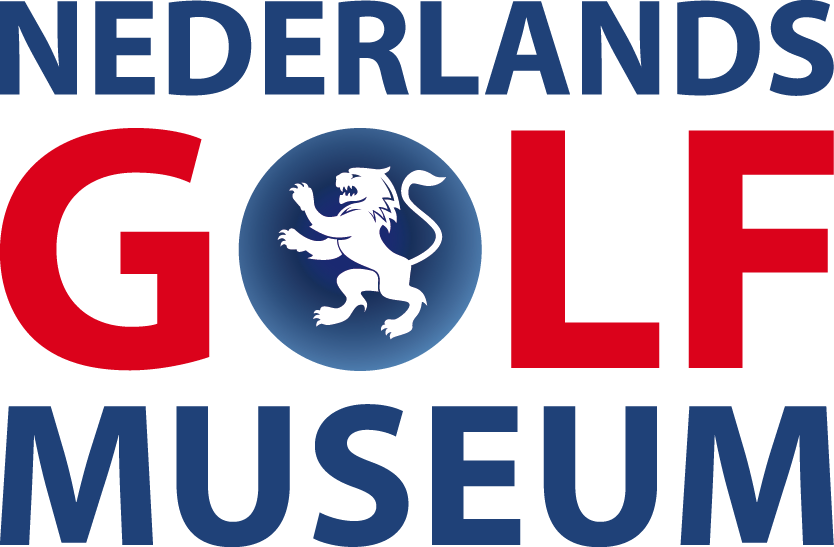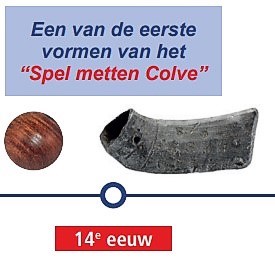14th century: One of the first forms of the “Game of Metten Colve”
Colf was een spel dat gespeeld werd met een bal en een stok die aan het eind met lood was verzwaard, de colue (kolf of colf) genaamd.
The colf game (like the malie game) was played in the open air. It was a ‘long course’ game that was mainly played in the city in the Middle Ages, often in the then much emptier cemeteries.
Accidents with low-flying balls and damage to homes and churches eventually caused most cities to ban the playing of colf with ordinances and placards within the city. Thus, the colf game moved to fields or designated places outside the city.
In the winter, they played on the ice. It required an elm or beech wood ball, which was struck with the colf. These wooden balls were relatively cheap and were the most commonly used, especially in the early days. Later, mizzenskin balls filled with hair or feathers were also used.
The trick was to hit a certain target in as few strokes as possible, or to cover as much distance as possible in a fixed number of strokes. The target could be hundreds of meters or even 15 to 20 kilometers away from the starting point. A door, a tree, a stone or the end of a field or meadow could serve as a target. Early on, they also played to a hole in the ground.
The Game with the Colve can be seen as the forerunner of today’s golf sport (Early golf).

